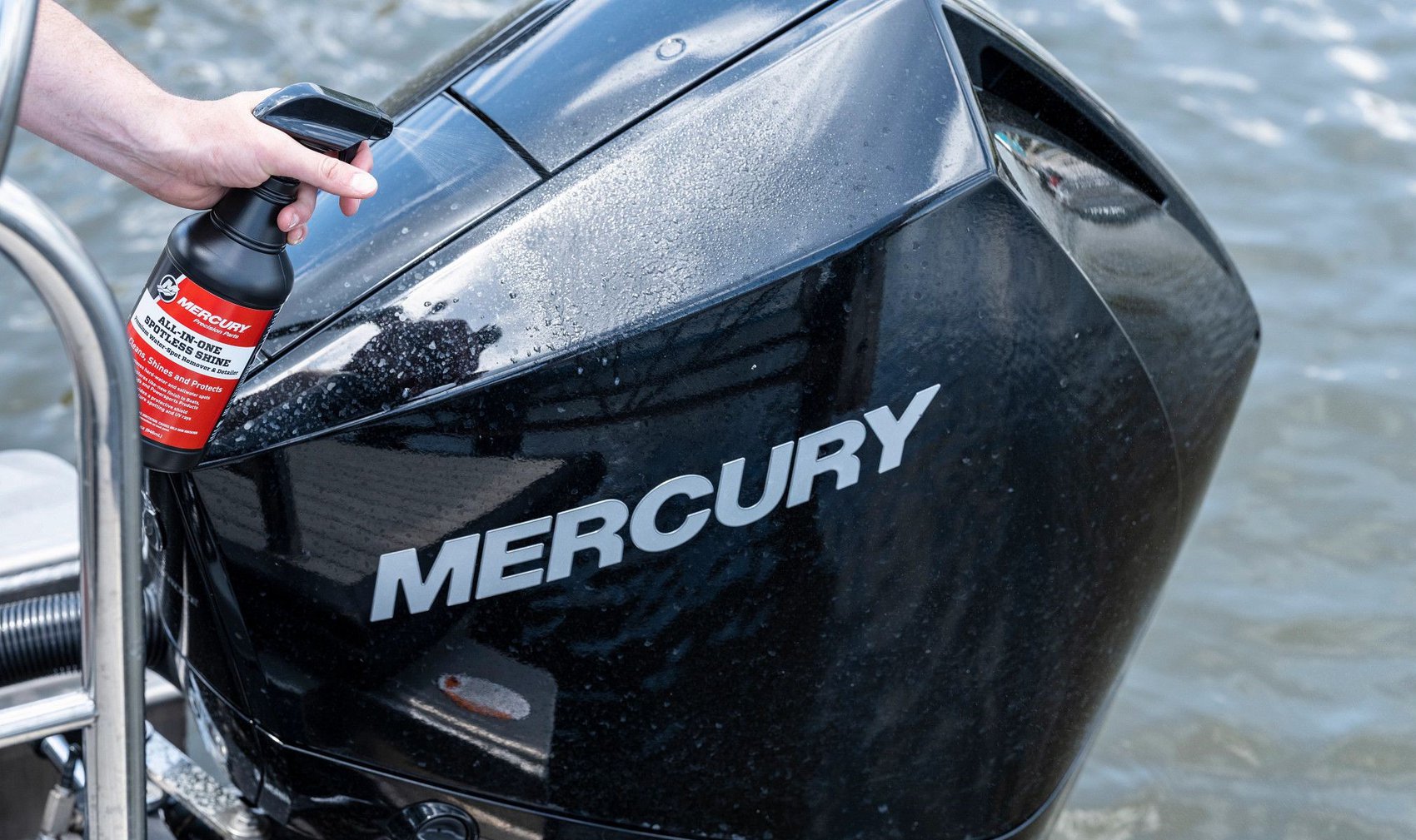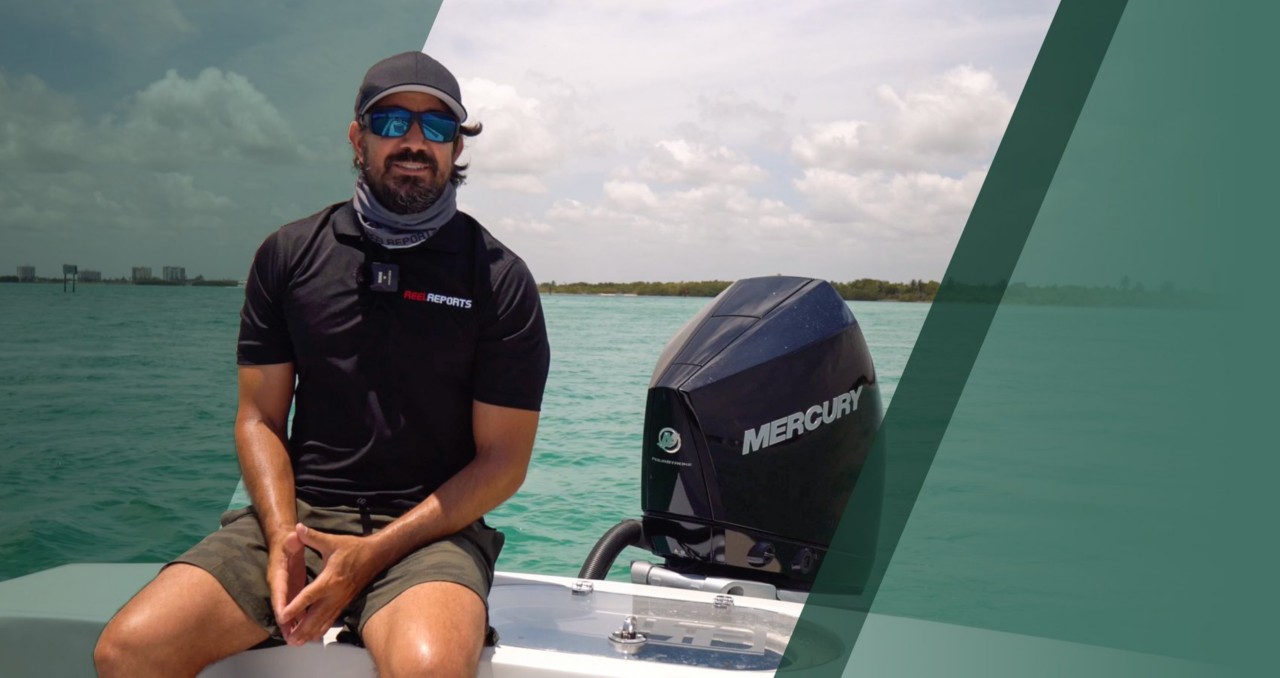One of the toughest decisions you face when picking out marine electronics is choosing the best transducer. A depth-finding transducer is like a speaker and a microphone all in one. It shouts out its sonar pings and then listens for returns that get bounced back by the bottom, fish and anything else in the water column. But all transducers are not created equally, and you need to take some key considerations into account when you’re trying to choose the one that will best serve your needs. To learn the basics that are critical to making the best choice, we went to Capt. Mike Grimm of ReelReportss’ouvre dans un nouvel onglet, who was happy to share his opinions.
Continue reading or click HEREs’ouvre dans un nouvel onglet to watch our YouTube video.
Transducer Frequency
The most important question to answer before choosing a transducer: What type of fishing will you be doing most of the time? Depth is the key element to consider. While high-frequency transducers can provide better detail, their effective depth range is more limited than that of low-frequency transducers. Remember to think of them like speakers, for comparison. The bright, sparkly, high-frequency treble notes created by your stereo speakers are filled with detail, but they don’t travel nearly as far as the simpler but booming low-frequency bass. The same is essentially true with transducers. High-frequency units are generally considered best for amassing the most-detailed views in waters less than a couple hundred feet deep. If you’ll be headed for blue water in search of oceanic predators such as swordfish or golden tilefish, a low-frequency transducer that can punch through the depths is in order.
Transducer Installation Types
The second question you’ll want to ask yourself: How will you install the transducer? There are three basic types of transducers, and each installs differently.
1. Transom-mount transducers – Transom-mount transducers are the most common type, especially on smaller boats that are about 25 feet long and shorter. They offer good detail, but installing one can be a bit tricky because a transom-mount transducer needs a solid flow of water with as little turbulence as possible. If you don’t position a transom-mount transducer for optimal water flow, its performance will suffer, especially at high speeds. When the boat is moving, through-hull fittings, strakes and subtle hull characteristics can send a trail of air bubbles aft where they’ll interfere with the transducer’s ability to speak out and listen in. Mounting the transducer to a mounting plate makes it easier to adjust the setup for optimal performance. Here’s a video on how to install a transducer mounting plates’ouvre dans un nouvel onglet.
2. Through-hull transducers – Through-hull transducers are known for providing the best performance possible. However, since putting one into your boat means cutting a hole in the hull, it’s best to have a skilled professional handle the installation. If you get a through-hull transducer, you also have to consider matching its tilt with the V-shape of your hull. Tilted-element transducers are available to match common transom deadrise angles. They generally provide good performance as long as tilt angle is within about five degrees of the deadrise angle.
3. In-hull transducers – Capt. Mike doesn’t address in-hull transducers (sometimes also called “shoot-through” transducers), which is no surprise considering that his focus on fishing. In-hull transducers are mounted in the boat and send their sonar signal through the hull, so there’s nothing protruding below the hull. While they work just fine when it comes to reading depth for day-boaters and cruisers, in-hull transducers generally aren’t the best pick for anglers. The level of detail in the sonar return can suffer since the sound waves have to pass directly through the hull material.
Other Considerations
Some other options to consider include getting a pair of transducers – one high frequency and another low frequency – if you use your boat for both inshore and offshore fishing. There are also some combination units on the market.
Cone angle is another variable that differs from transducer to transducer. Cone angle is the angle at which the sonar signal expands when it’s emitted beneath the boat. It’s related to frequency and has a similar impact on detail levels. As a general rule of thumb, remember that a wider cone angle is likely to pick up more of the fish that aren’t directly below your boat, but a narrower cone angle focuses the sound waves on a smaller area and results in better detail in the sonar return.
What transducer will be the best pick for you and your needs? That’s a question that only you can answer. If you keep Capt. Mike’s thoughts in mind, a difficult choice can became a whole lot easier to make.





